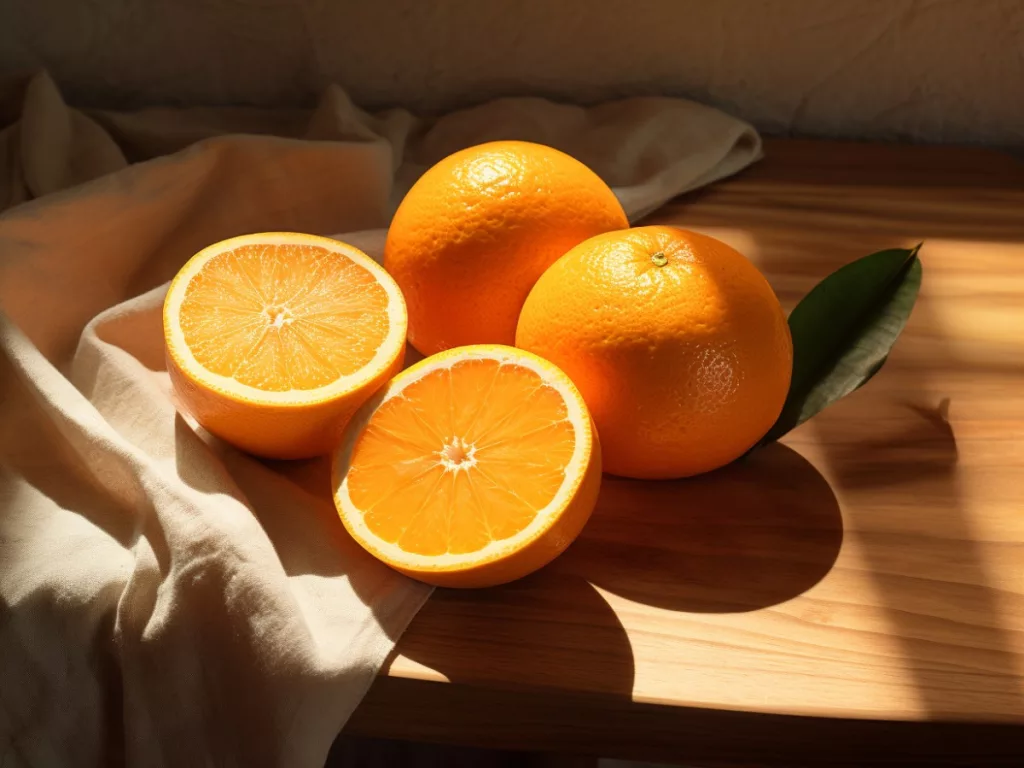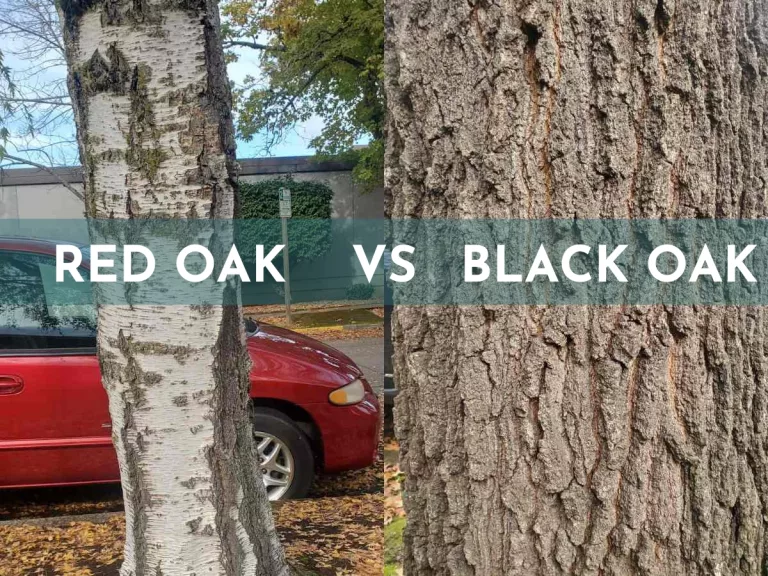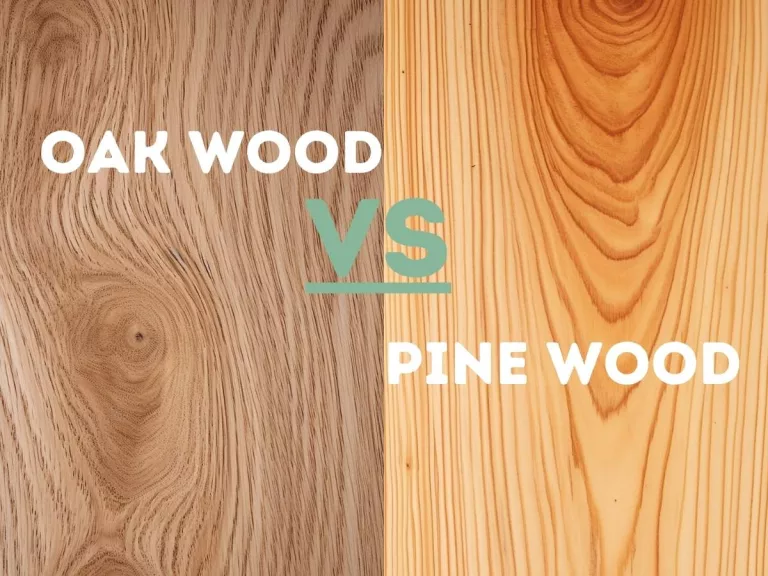Understanding Janka Hardness Scale for Cutting Boards
The utility and longevity of a cutting board greatly depend on the type of wood it’s crafted from. A key metric to determine this is the Janka Hardness Scale, which gauges the resistance of wood to denting and wear. It’s an invaluable tool for both craftsmen and customers, aiding in the selection of the most suitable wood for cutting boards.

Measuring Janka Hardness
The Janka Hardness is quantified by the force (in pounds-force or lbf) required to embed a 0.444-inch steel ball halfway into a wood sample. This numerical value serves as a reliable indicator of how well a wood type can withstand chopping, slicing, and dicing activities inherent in every kitchen.
The Ideal Janka Hardness Scale for Cutting Boards
Delving into the realm of cutting boards, the quest for the “perfect” wood entails finding a balance between hardness and functionality.
What is the Best Janka Hardness for Cutting Boards? or What Hardness of Wood Should a Cutting Board Be?
A desirable range on the Janka Hardness for cutting boards falls between 900 to 1500 lbf. Within this range, woods offer a commendable resistance to wear without being overly harsh on your kitchen knives. Hard Maple, boasting a Janka rating of 1450 lbf, exemplifies this balance, hence its common use in many kitchens.
The hardness should align with frequent use yet be gentle on the knives. Woods like Walnut and Black Cherry with Janka ratings of 1010 lbf and 950 lbf respectively, resonate with these requirements, making them a popular choice amongst culinary enthusiasts.
I’ve crafted cutting boards from a variety of wood types. I found woods like Hard Maple (Janka Hardness of 1450 lbf) and Walnut (1010 lbf) to be among the best choices for cutting boards due to their balanced hardness. I have seen woods with too high a Janka rating can dull knives quickly, while those with a low rating get easily scratched or damaged.
Following is a video for choosing the best janka scale value for cutting boards.
Here is another video instruction for choosing top quality cutting boards.
Other Considerations
The selection goes beyond just the hardness; other factors play crucial roles in determining the best wood for your cutting board.
What Type of Wood is Best for Cutting Boards?
Closed-grain woods such as Maple and Cherry are often preferred due to their smoother surface and lower tendency to harbor bacteria compared to open-grain woods like Oak.

What Woods are Toxic for Cutting Boards?
Safety is paramount, and not all woods pass the test. Black Walnut and African Padauk are examples of woods that can potentially leach toxins or allergens into your food. Sticking to well-known domestic woods or those properly sealed and treated is advisable to ensure safety.
I learned the hard way to avoid woods like American mahogany and Pine, which can be toxic. It’s crucial to research and ensure the wood chosen for a cutting board is safe for food contact.
Conclusion
The selection of wood for your cutting board is a blend of science and personal preference. The Janka Hardness Scale serves as a scientific compass guiding you towards making an informed choice. Coupling this knowledge with considerations on aesthetics, maintenance, and safety will undoubtedly steer you towards a cutting board that not only complements your kitchen but also stands the test of time.






